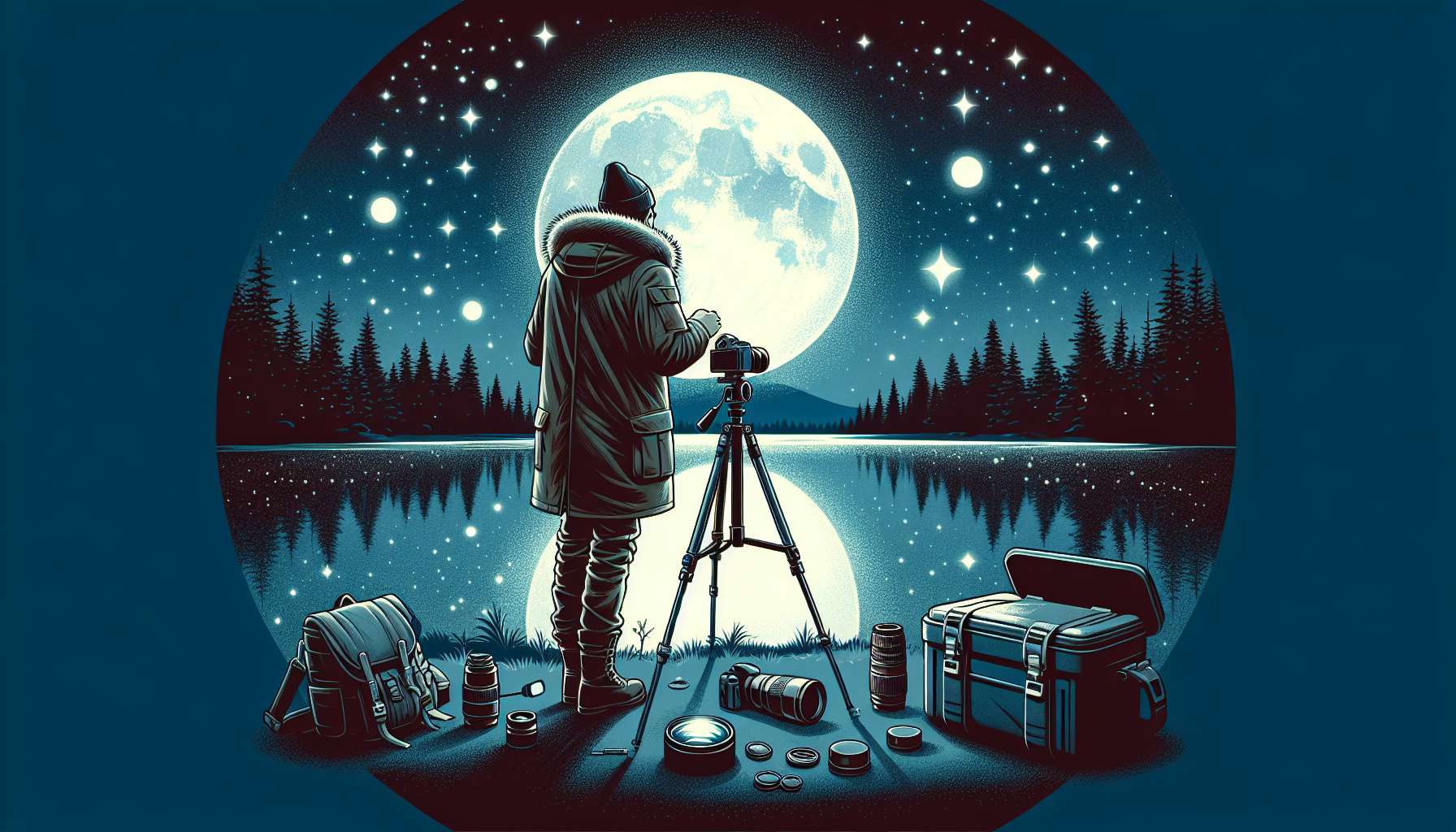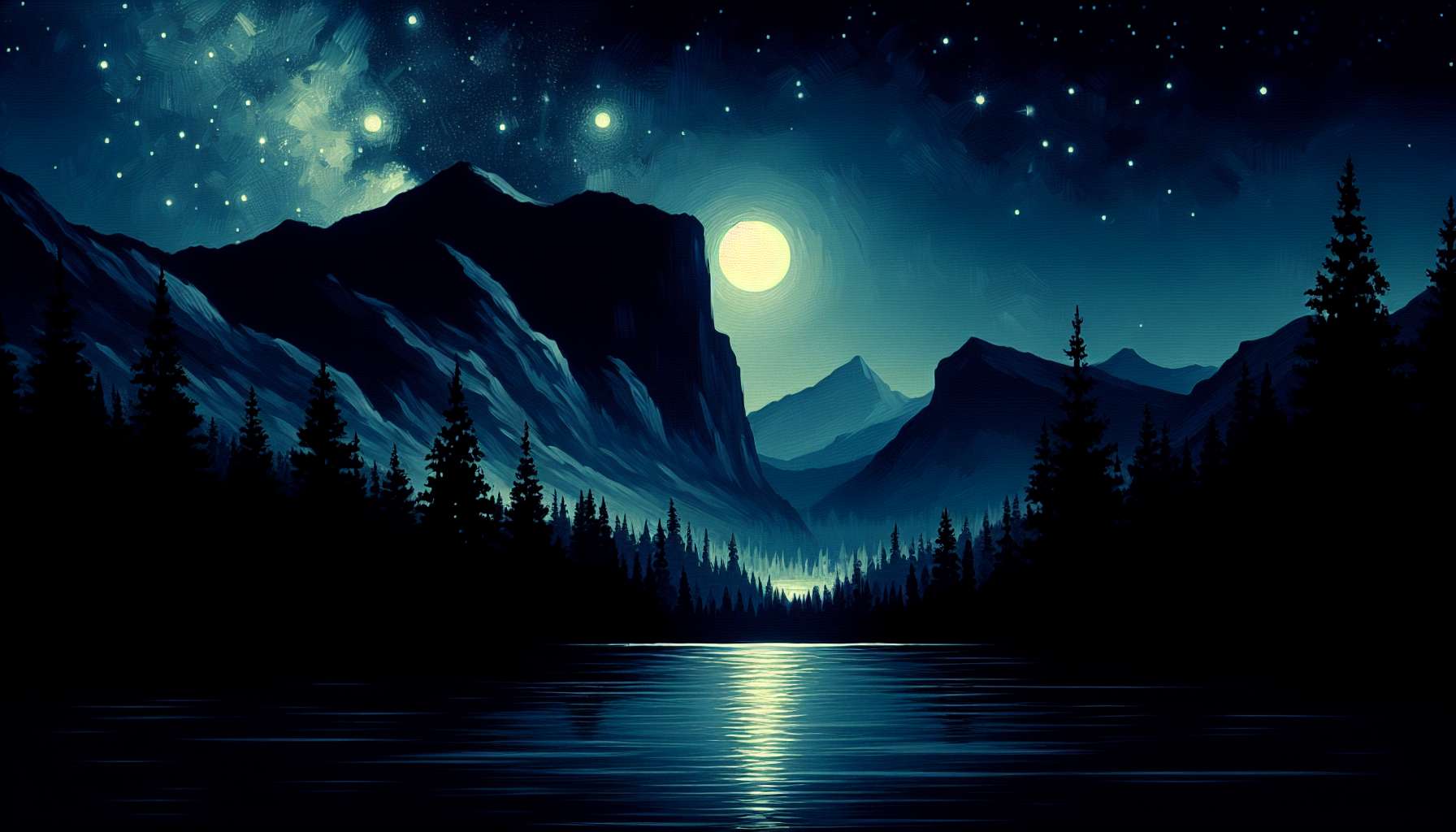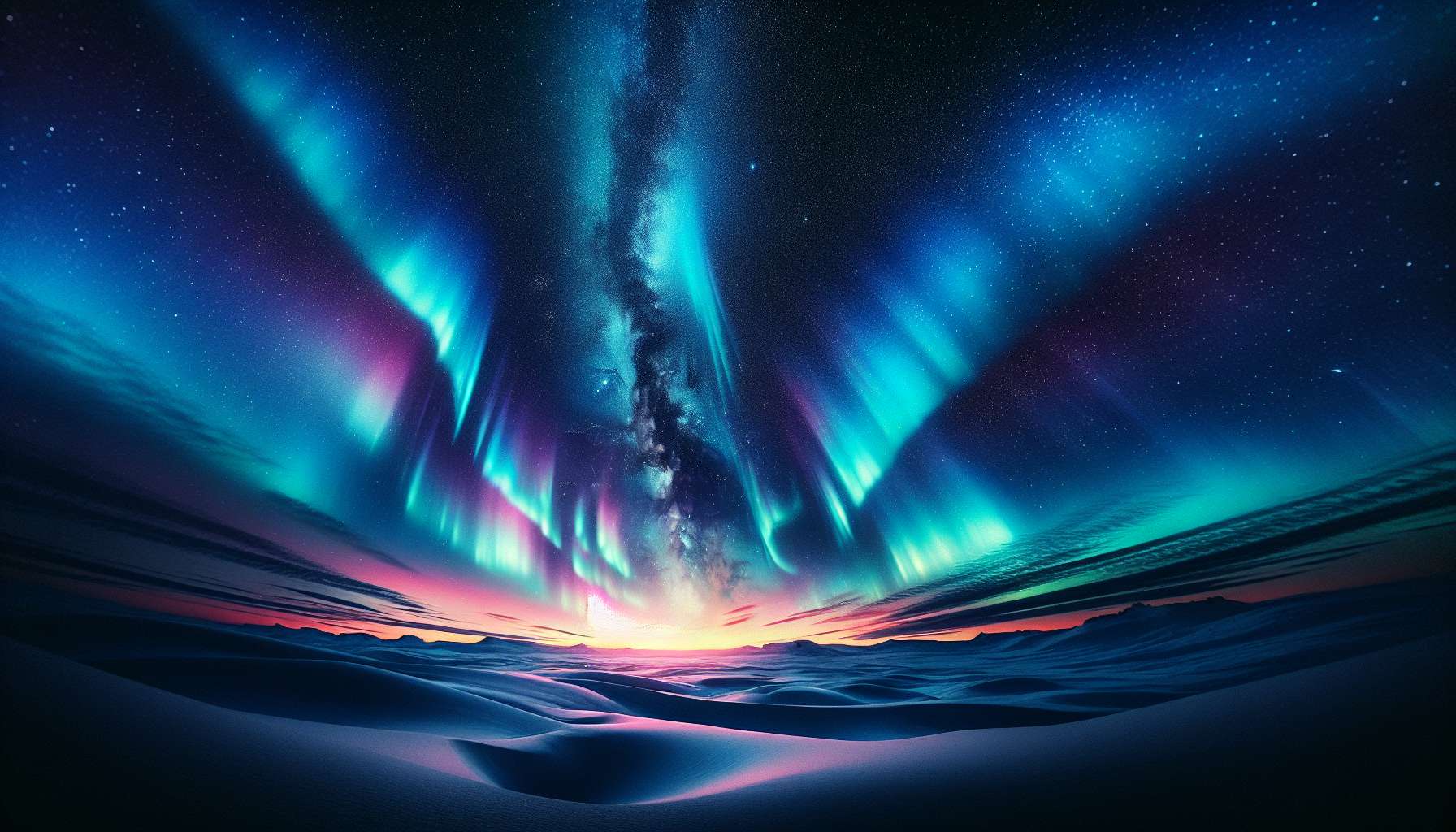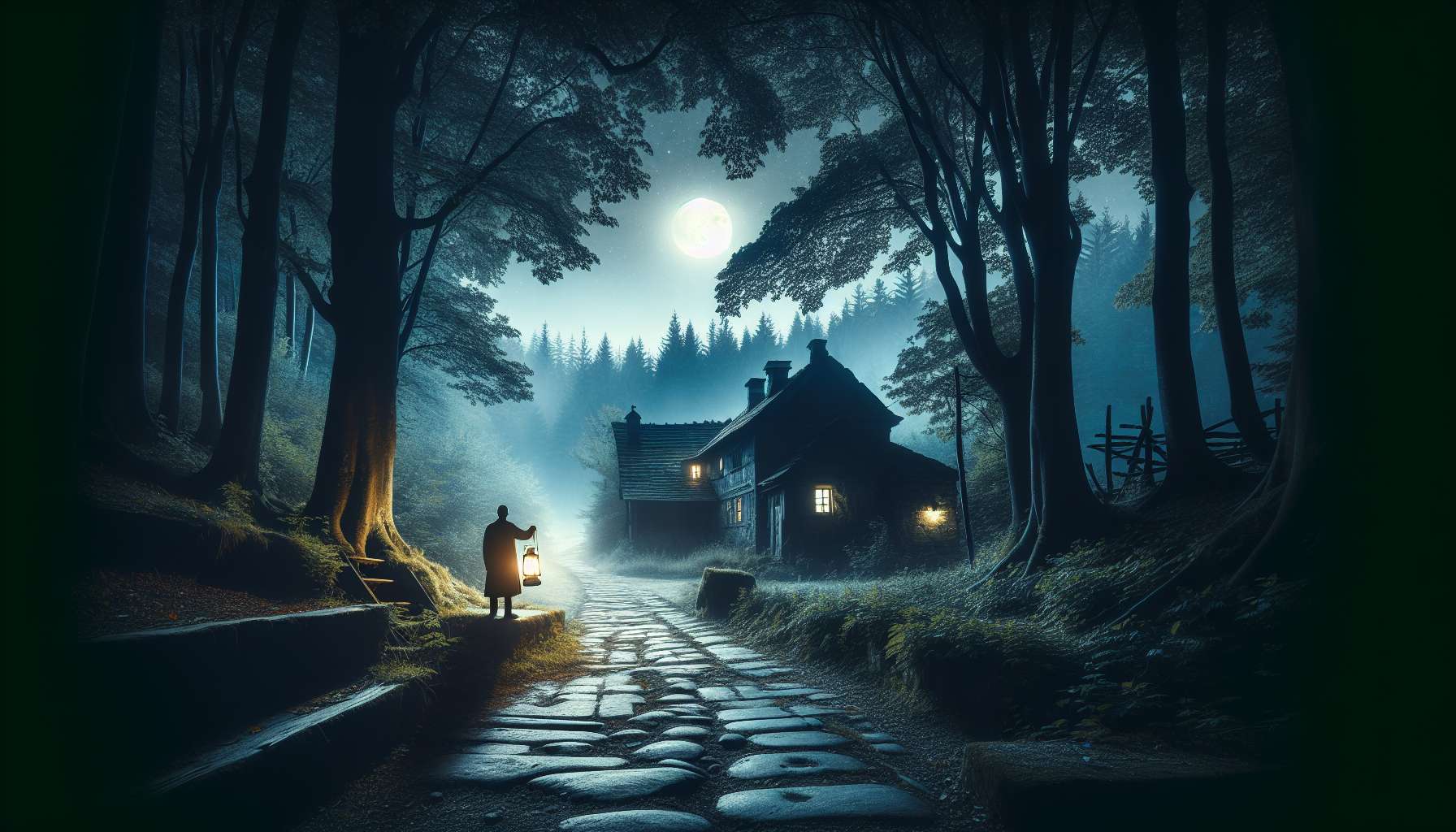Nocturnal Photography Techniques: Capturing the Magic of the Night
When the sun sets and darkness descends, a whole new world comes alive – a world that is often overlooked or underappreciated by many. Nocturnal photography opens the door to this magical realm, allowing us to capture stunning images that are both mysterious and mesmerizing. From capturing the twinkling lights of a city skyline to the ethereal glow of the Milky Way, nocturnal photography techniques offer a unique and exciting challenge for photographers of all levels.
The Art of Nocturnal Photography
As photographers, we are constantly seeking new ways to push the boundaries of our craft and explore different techniques to create breathtaking images. Nocturnal photography presents a set of challenges that are distinct from daytime photography, requiring a different approach and a unique set of skills. In this article, we will delve into the world of nocturnal photography techniques, exploring the tools, tips, and tricks that will help you master the art of capturing the night sky.
Understanding Night Photography
Before we jump into the specific techniques of nocturnal photography, it is important to understand the challenges and opportunities that come with shooting in low light conditions. Night photography requires a good understanding of exposure, composition, and light, as well as a mastery of your camera settings. By mastering these fundamental skills, you can unlock the full potential of your nocturnal photography.
Camera Settings for Nocturnal Photography
One of the key aspects of successful nocturnal photography is getting your camera settings right. Unlike daytime photography where there is an abundance of natural light, shooting in low light conditions requires a different approach. Here are some essential camera settings to consider when shooting at night:
1. Use a Tripod
When shooting in low light conditions, a tripod is your best friend. A stable base is essential to avoid camera shake and ensure sharp images, especially when using slow shutter speeds. Invest in a sturdy tripod that can support the weight of your camera and lens.

2. Adjust Your ISO
ISO is a measure of your camera’s sensitivity to light. In low light conditions, you may need to increase your ISO to capture more light. However, be mindful of the trade-off between ISO and image quality – higher ISO settings can introduce noise and graininess to your images.
3. Experiment with Shutter Speed
Shutter speed plays a crucial role in capturing sharp images in low light. Experiment with different shutter speeds to find the right balance between capturing enough light and avoiding motion blur. For static subjects, a longer exposure may be necessary, while for moving subjects, a faster shutter speed is recommended.
4. Open Up Your Aperture
When shooting at night, a wide aperture is your best bet for capturing as much light as possible. A low f-stop number (e.g., f/2.8) will allow more light to enter your lens, enabling you to shoot in low light conditions without compromising image quality.
5. Use Manual Focus
Autofocus can struggle in low light conditions, so consider switching to manual focus when shooting at night. Take your time to fine-tune your focus and ensure that the key elements of your composition are sharp and clear.
Composition Tips for Nocturnal Photography
Composition is key to creating visually stunning images, regardless of the time of day. When it comes to nocturnal photography, there are some additional considerations to keep in mind to make your images truly stand out:
1. Embrace Negative Space
Embracing negative space can create a sense of mystery and intrigue in your nocturnal images. Use the darkness of the night sky to your advantage, allowing your subject to stand out against the black canvas of the night.
2. Play with Reflections
Water can be a fantastic element to include in your nocturnal compositions, as it can capture and reflect the light in interesting ways. Look for bodies of water such as lakes, rivers, or puddles to add depth and interest to your images.
3. Experiment with Light Painting
Light painting is a fun and creative technique that involves using a light source to illuminate specific areas of your composition. This can add a magical touch to your nocturnal images and create unique and captivating effects.
4. Capture the Stars
One of the most mesmerizing aspects of nocturnal photography is capturing the beauty of the night sky. Experiment with long exposures and high ISO settings to photograph the stars, creating stunning images that showcase the majesty of the cosmos.
Nocturnal Photography Gear
While mastering the technical aspects of nocturnal photography is essential, having the right gear can also make a significant difference in the quality of your images. Here are some essential pieces of gear to consider for your nocturnal photography adventures:
1. Fast Prime Lens
A fast prime lens with a wide aperture (e.g., f/1.8 or f/1.4) is ideal for shooting in low light conditions. These lenses allow more light to enter your camera, enabling you to capture sharp and detailed images even in the darkest of nights.
2. Remote Shutter Release
A remote shutter release is a handy tool for capturing long exposures without introducing camera shake. This accessory allows you to trigger the shutter without physically touching the camera, ensuring sharp images even with slow shutter speeds.
3. Lens Hood
A lens hood can help reduce lens flare and ghosting in your images, especially when shooting at night. By blocking stray light from entering your lens, a lens hood can improve the contrast and clarity of your nocturnal photos.
4. Light Source
Carrying a small light source such as a flashlight or LED panel can be useful for illuminating your subjects or adding creative effects to your nocturnal compositions. Experiment with different lighting techniques to enhance the mood and atmosphere of your images.
Expert Opinions
According to renowned photographer Ansel Adams, “You don’t take a photograph, you make it.” This sentiment rings true in the world of nocturnal photography, where creativity and vision are just as important as technical skill. By experimenting with different techniques, pushing your boundaries, and embracing the magic of the night, you can create images that truly captivate and inspire.
Conclusion
In conclusion, nocturnal photography offers a unique and exciting opportunity to explore the beauty of the night sky and capture stunning images that are both captivating and mesmerizing. By mastering the essential techniques, understanding your camera settings, and experimenting with composition, you can unlock the full potential of your nocturnal photography. So grab your camera, venture out into the night, and let your creativity shine as you capture the magic of the night through your lens.




